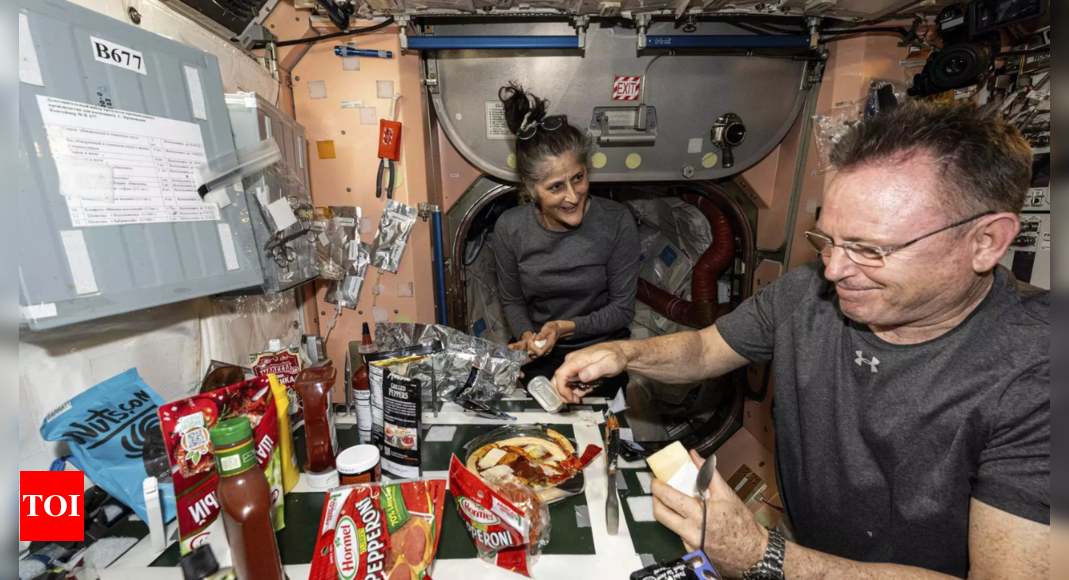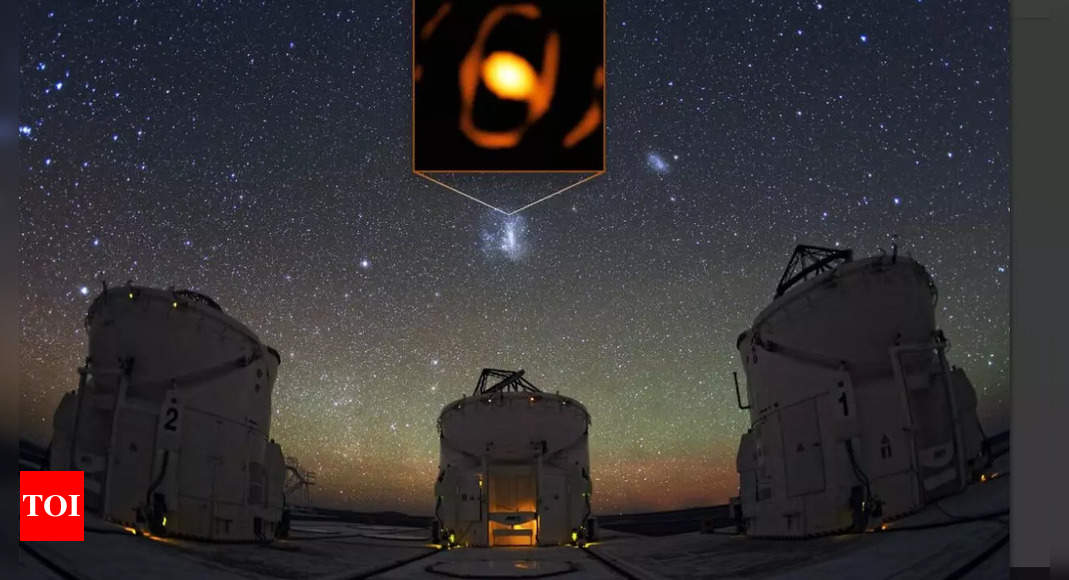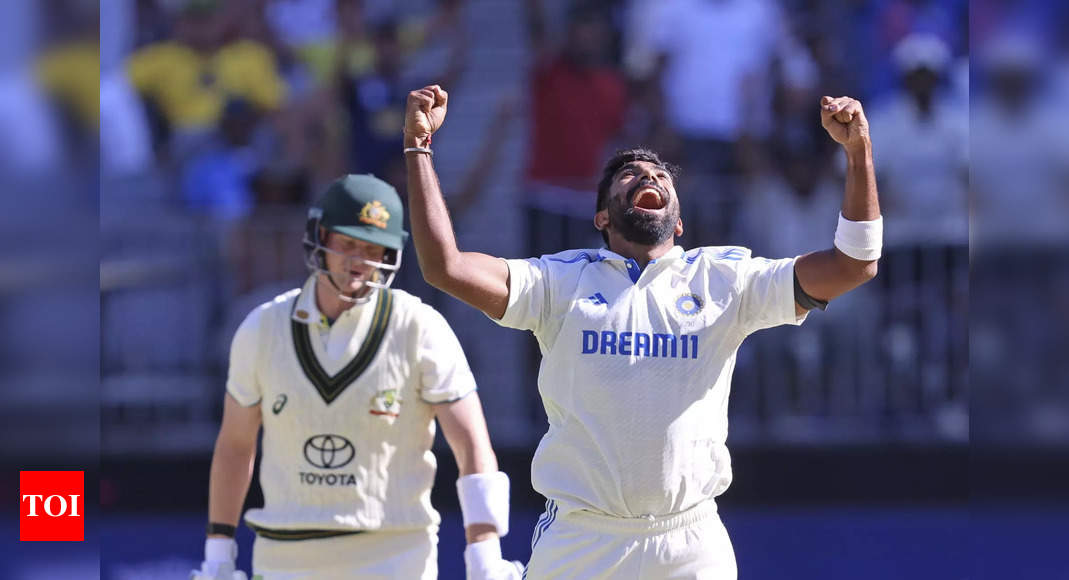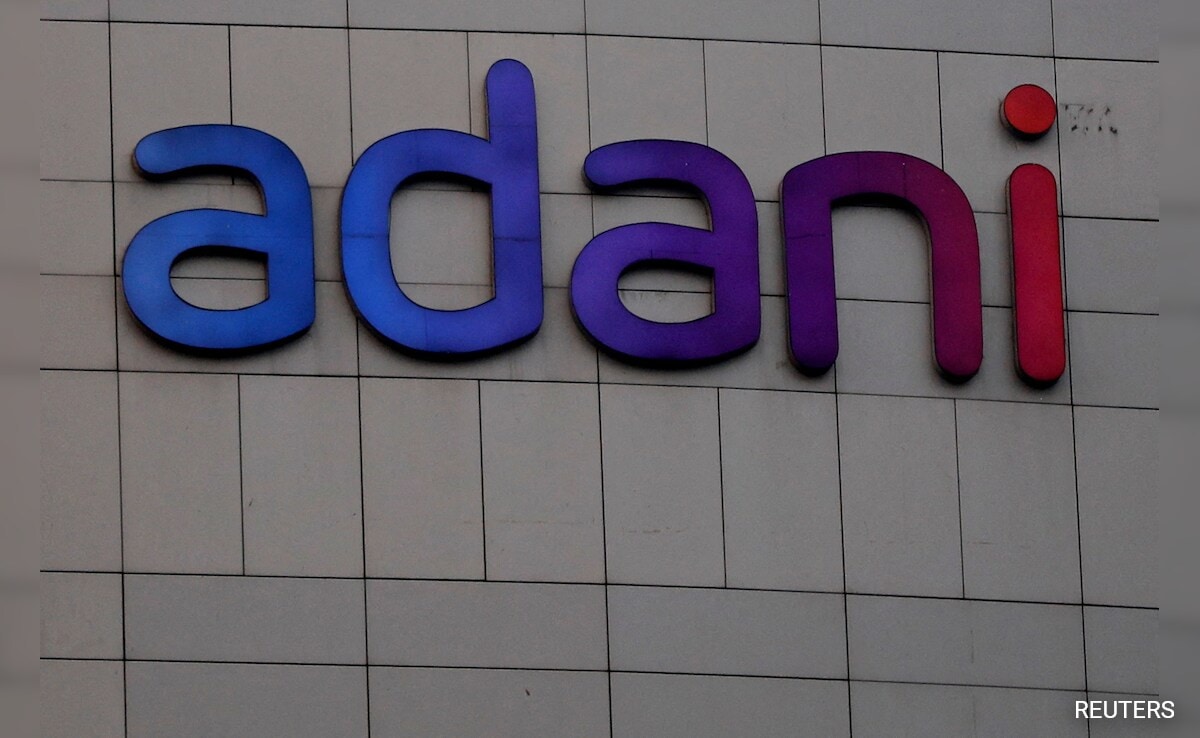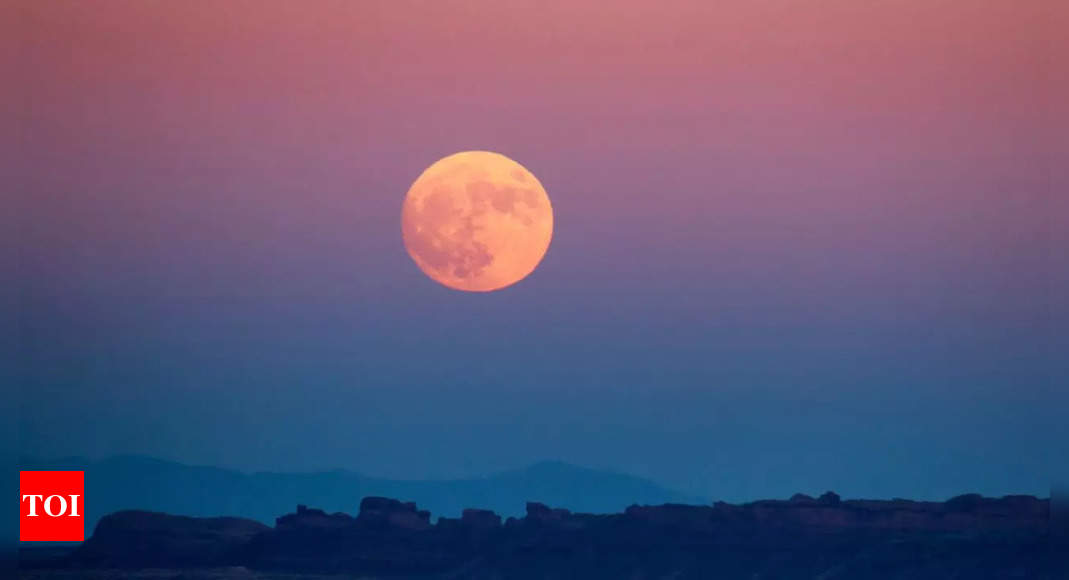
When the Moon gets 90% of the way to Earth’s closest approach, it appears larger and brighter than usual—a supermoon. A Blue Moon, on the other hand, is the third full Moon in a season with four full Moons, or the second full Moon in a single calendar month, even though it is not truly blue.
These events are a cosmic rarity since they only pair up once every several years, making their simultaneous convergence unusual. In addition to offering an amazing show, this Super Blue Moon will bring a unique flair to the Raksha Bandhan celebrations, honouring the particular relationship between brothers and sisters.
What is a supermoon?
The moon will be classified as a supermoon during this event. The term “supermoon,” introduced by astrologer Richard Nolle in 1979, describes a full Moon that occurs when the Moon is within 90% of its closest approach to Earth.
While new moons are not visible, full supermoons stand out because they are the largest and brightest full Moons of the year. The upcoming full Moon will be the first of four consecutive supermoons in 2024, with the full Moons in September and October also vying for the title of the closest and most impressive supermoons of the year.
Is the supermoon really a blue moon?
In addition to being a supermoon, the full Moon on Raksha Bandhan will also be a Blue Moon. Despite the name, the Moon will not actually appear blue. Traditionally, “Blue Moon” referred to the third full Moon in a season that contains four full Moons. The term has been used since at least 1528.
Since the 1940s, “Blue Moon” has also described the second full Moon in a single calendar month. This happens because the Moon’s cycle is about 29.5 days, slightly shorter than a calendar month, allowing for two full Moons to occur within one month—one at the beginning and another at the end. This event happens roughly every two to three years.
Super blue moon on raksha bandhan
This full Moon coincides with Raksha Bandhan, also known as Rakhi Purnima, a significant Hindu festival celebrating the bond between brothers and sisters. During this festival, sisters tie a rakhi around their brothers’ wrists as a symbol of protection and care. In return, brothers offer gifts, reinforcing their ongoing bond. “Raksha Bandhan” translates to “the bond of protection, obligation, or care,” highlighting the festival’s emphasis on familial ties.
Blue moons and supermoons together
It is rare for a Blue Moon and a supermoon to coincide. A supermoon occurs when a full Moon is near perigee, the Moon’s closest point to Earth, and happens three to four times a year. About 25% of full Moons are supermoons. Blue Moons, on the other hand, occur only about 3% of the time. The combination of a supermoon and a Blue Moon is extremely rare, with such events varying in frequency from a few years to as long as 20 years. The next pairing of super blue moons is projected for January and March 2037.
Occasionally, tiny particles in the air, such as smoke or dust, can scatter red wavelengths of light, causing the Moon to appear blue, according to NASA.
How to view the super blue moon?
For the best viewing experience of the full Moon on August 19, 2024, you’ll need a clear night with minimal cloud coverage. Ideally, find a location away from buildings and street lights to minimise light pollution and enhance visibility.
While you don’t need any special equipment to enjoy the night sky, using a pair of binoculars can significantly improve your view, allowing you to see more detail and appreciate the Moon’s features more clearly.
Also read: |The power of snake venom: The science behind natures deadliest toxin


